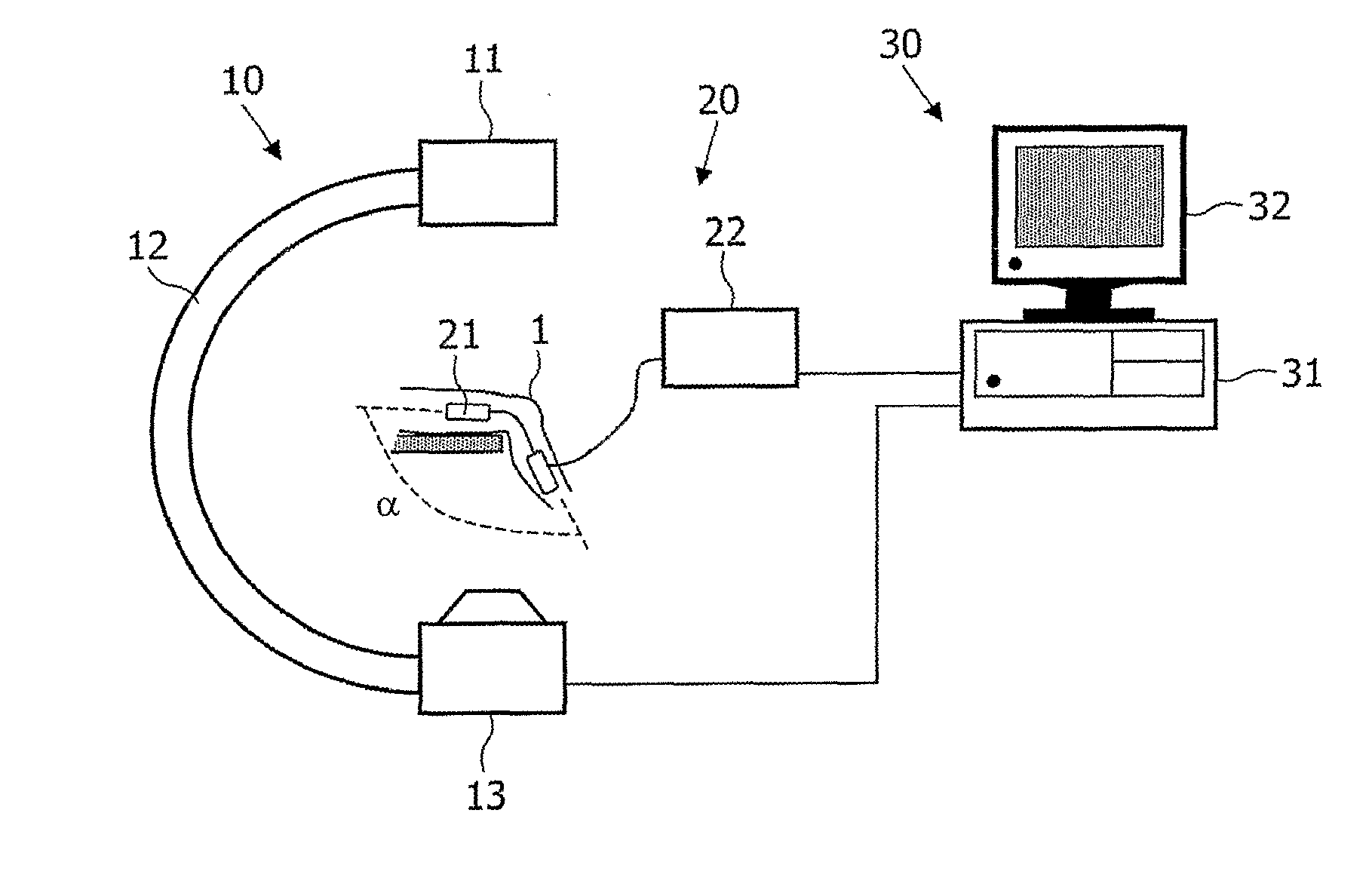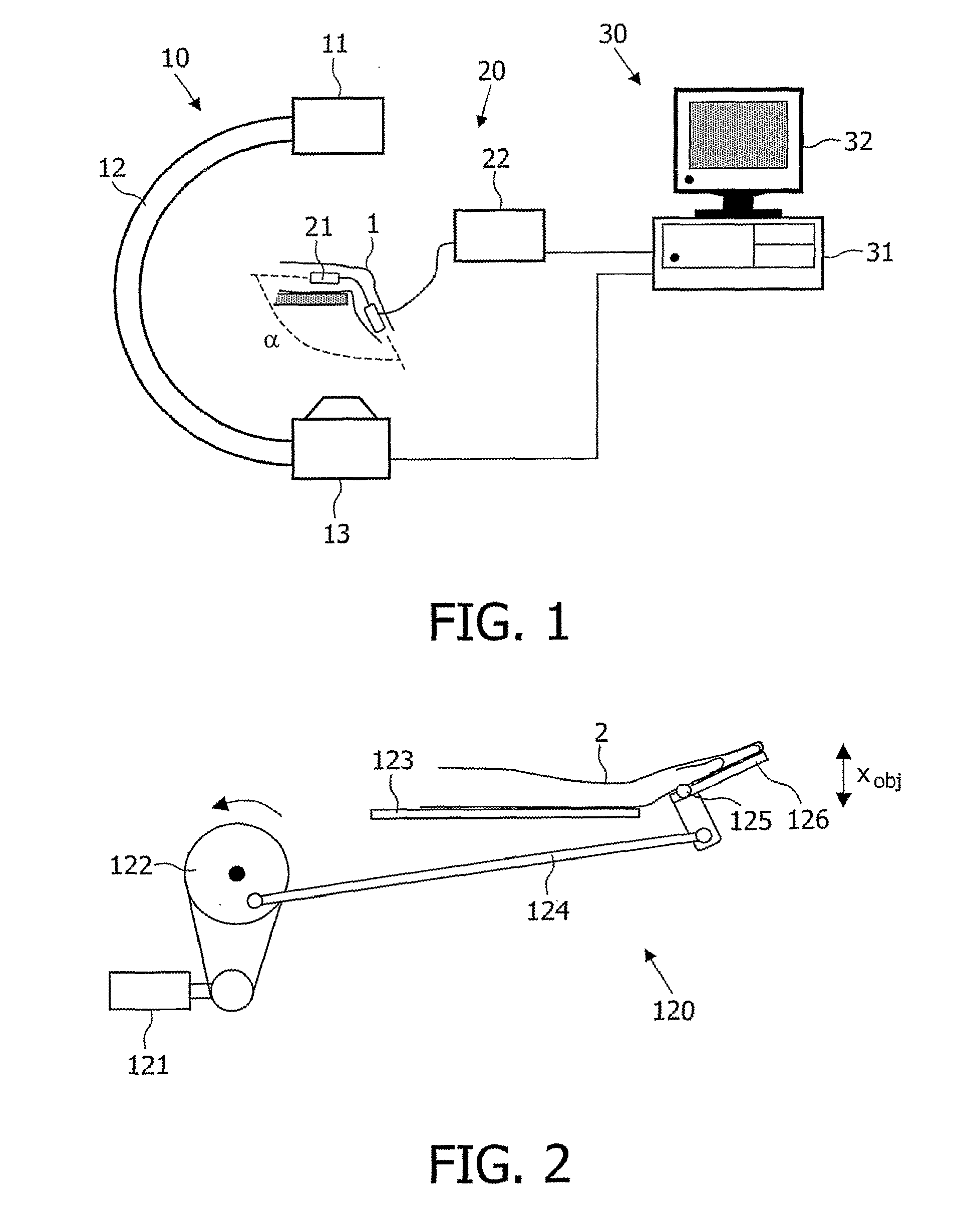System For The Three-Dimensional Imaging Of A Moving Joint
a three-dimensional imaging and joint technology, applied in the field of systems and methods for the generation of three-dimensional images of joints, can solve the problems of substantially different movements of joints, and achieve the effect of high information
- Summary
- Abstract
- Description
- Claims
- Application Information
AI Technical Summary
Benefits of technology
Problems solved by technology
Method used
Image
Examples
Embodiment Construction
[0025] Proper functioning of the wrist joint is essential in performing manual tasks ranging from personal care activities to computer related tasks. In case of a malfunctioning wrist it is of major importance for the patient and the doctor to recognize and properly diagnose problems in the wrist at an early stage. To judge wrist function the analysis of 3D patterns of movement of the carpal bones in the wrist joint are crucial. Current 3D imaging methods allow static detection of carpal bone positions and orientations. State of the art detection of 3D carpal bone positions and orientations at multiple poses of the hand can provide for an animated movement pattern only. However, from 2D video radiographic observations it is known that clinically significant abrupt changes in orientation and position of carpal bones can occur. These abrupt changes cannot be detected from the limited number of poses that can be achieved with a 3D static imaging method. Moreover, a real time dynamic mo...
PUM
 Login to View More
Login to View More Abstract
Description
Claims
Application Information
 Login to View More
Login to View More - R&D
- Intellectual Property
- Life Sciences
- Materials
- Tech Scout
- Unparalleled Data Quality
- Higher Quality Content
- 60% Fewer Hallucinations
Browse by: Latest US Patents, China's latest patents, Technical Efficacy Thesaurus, Application Domain, Technology Topic, Popular Technical Reports.
© 2025 PatSnap. All rights reserved.Legal|Privacy policy|Modern Slavery Act Transparency Statement|Sitemap|About US| Contact US: help@patsnap.com



